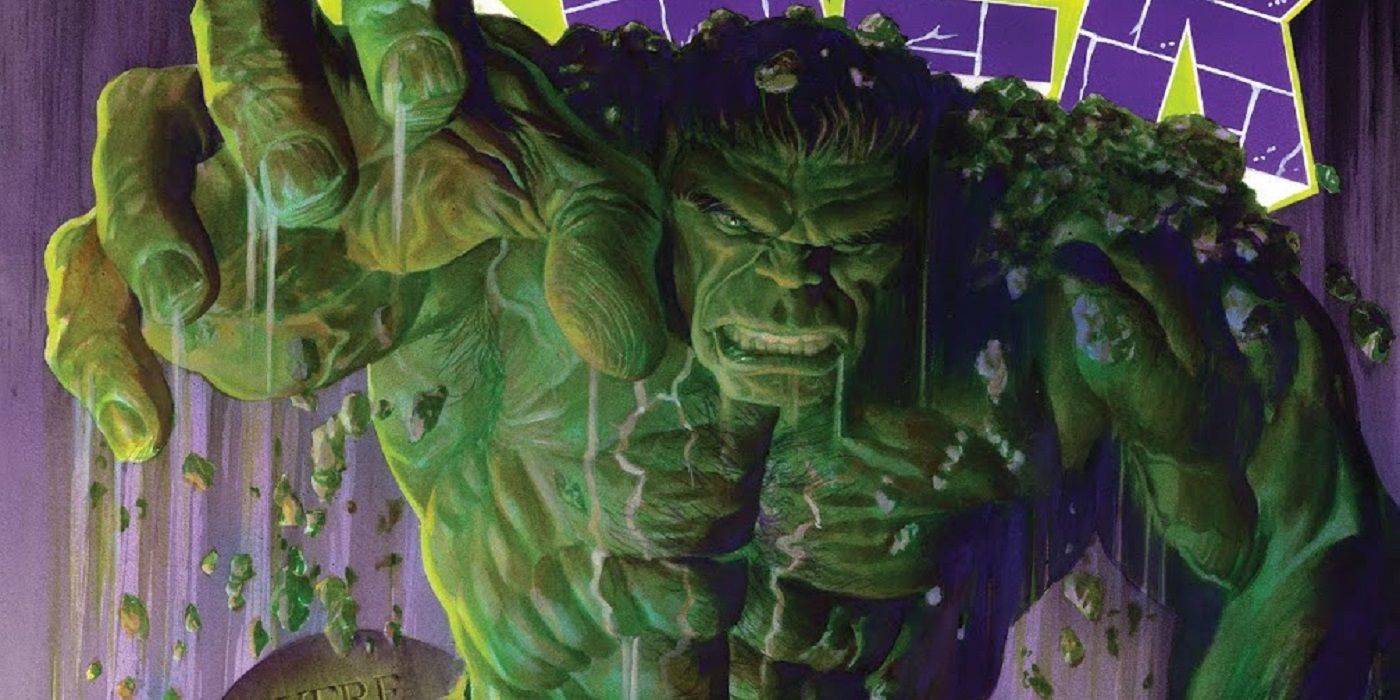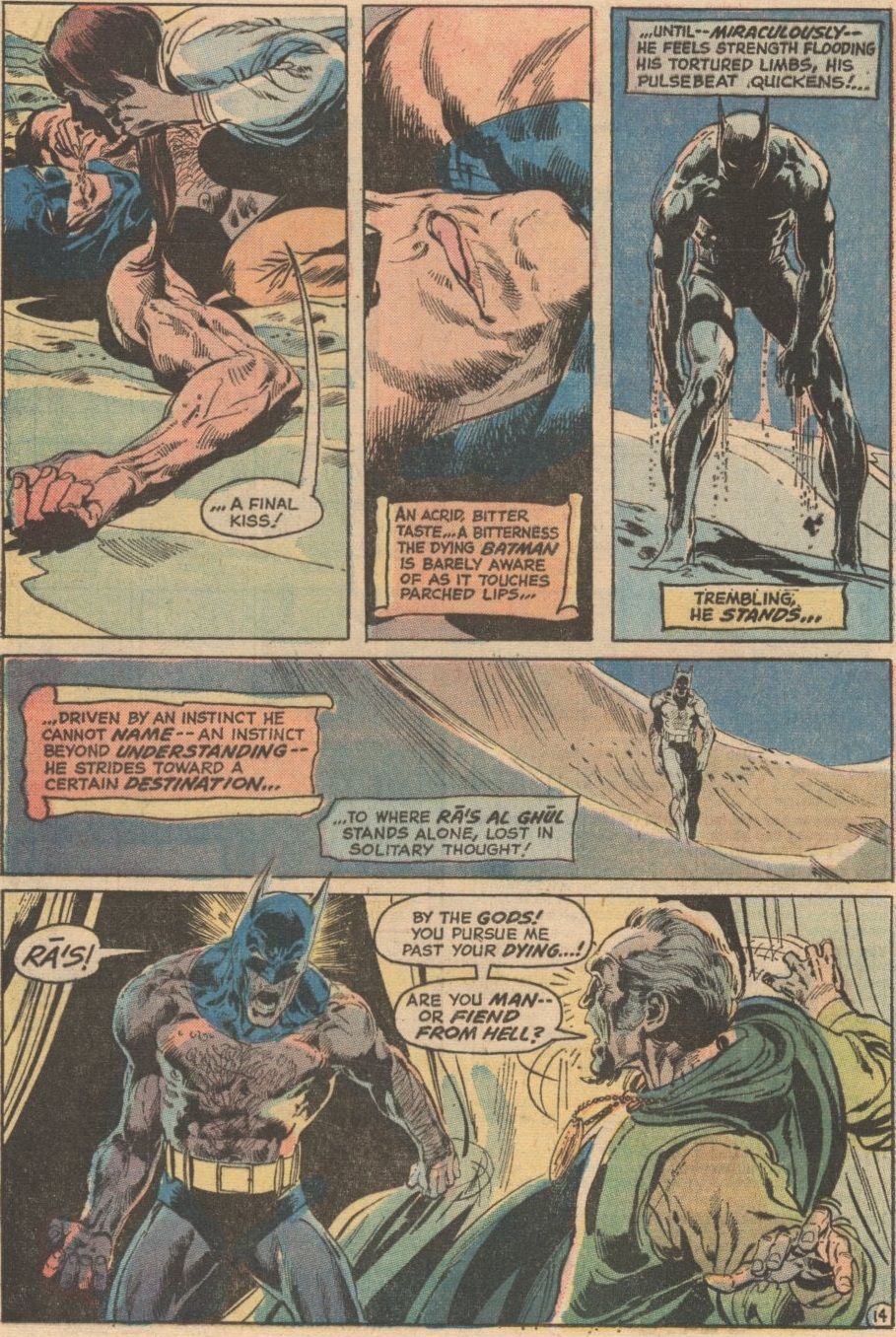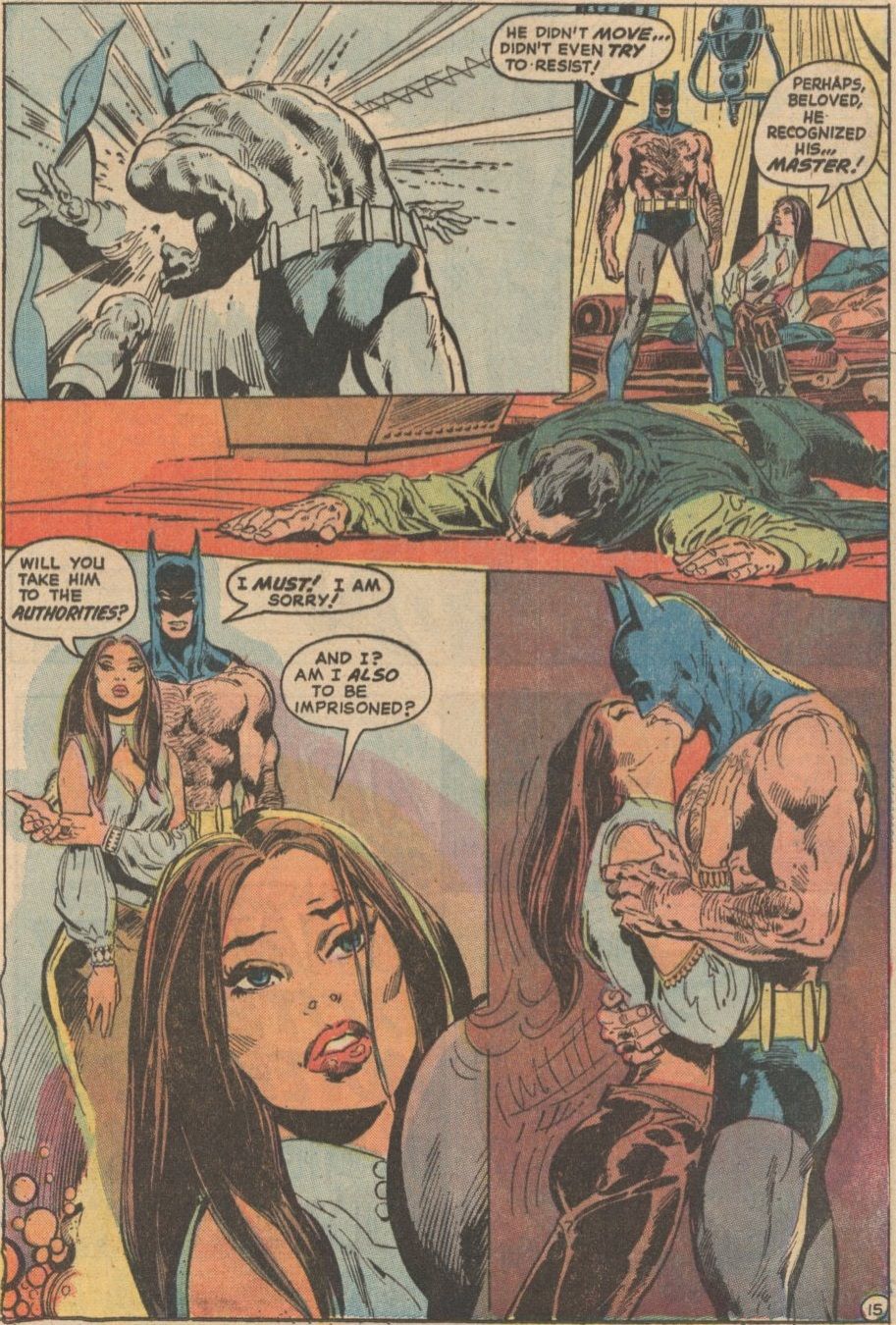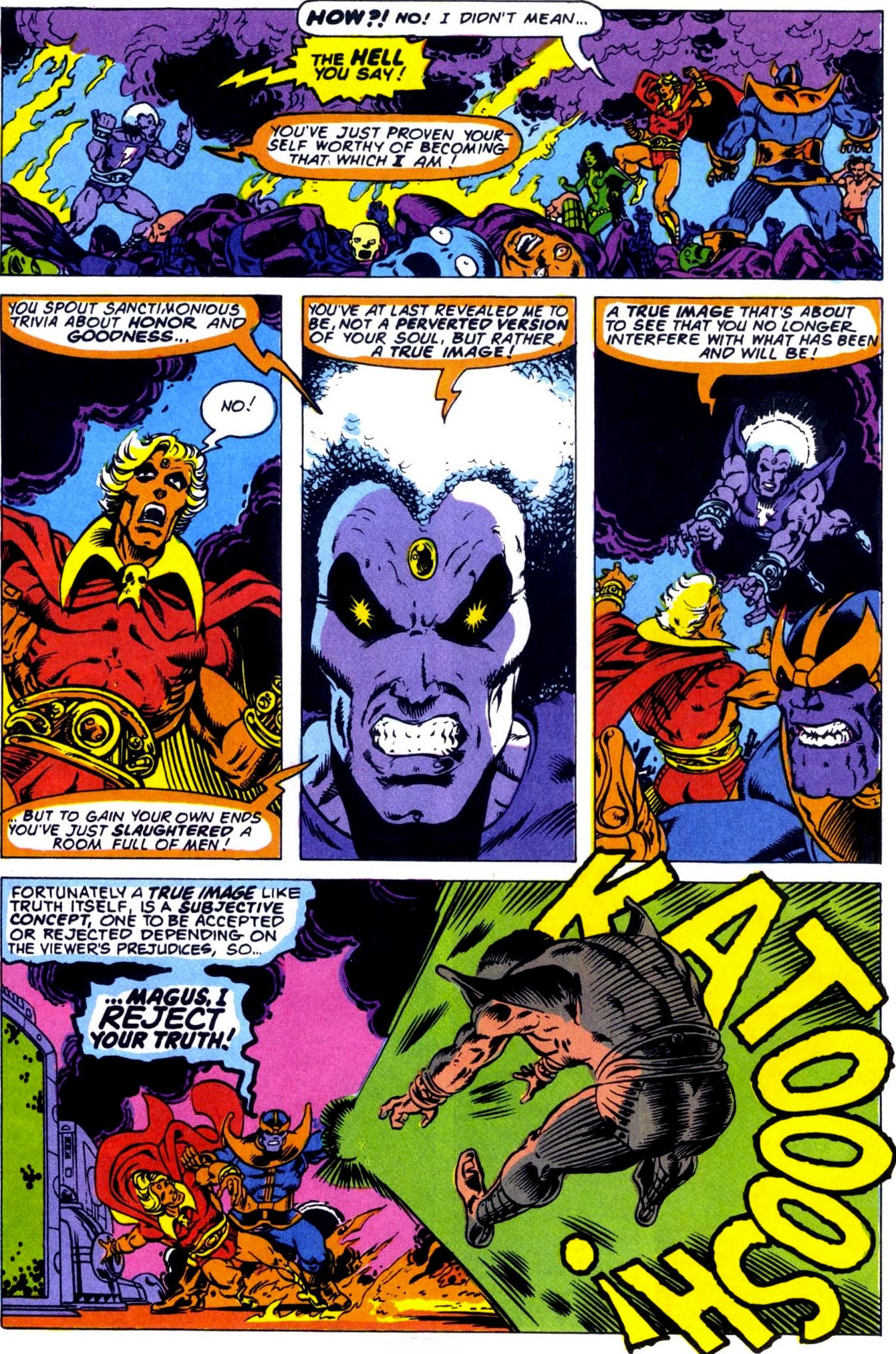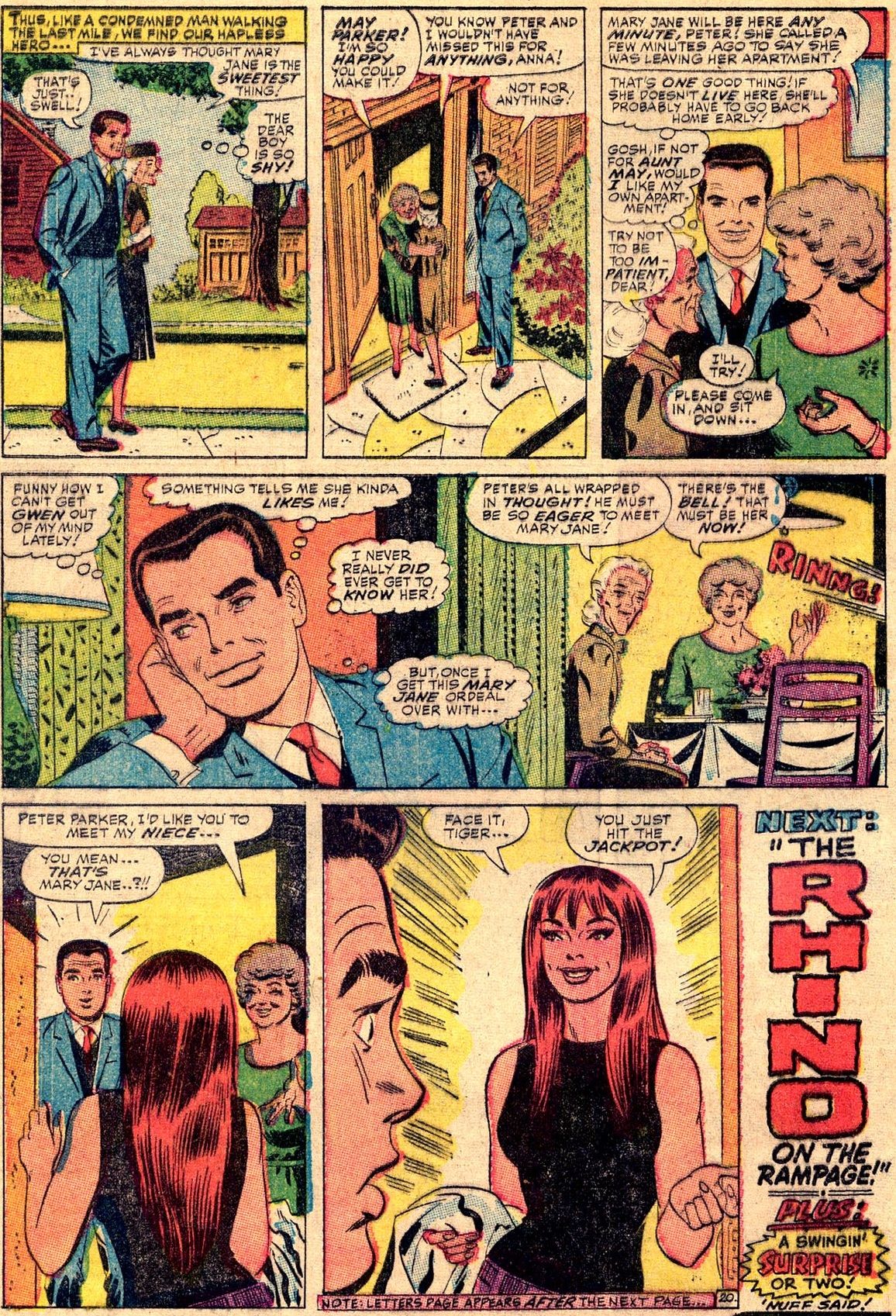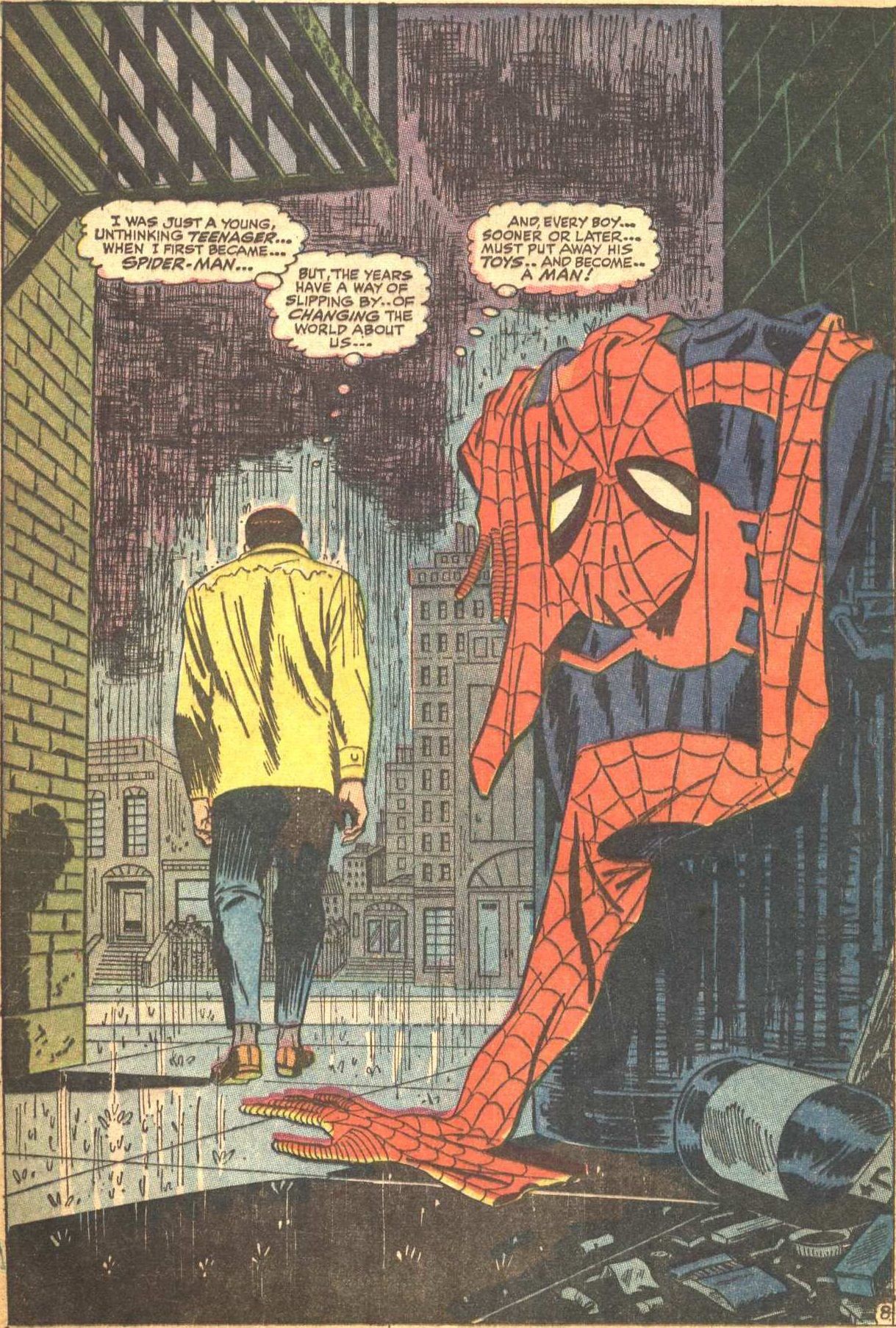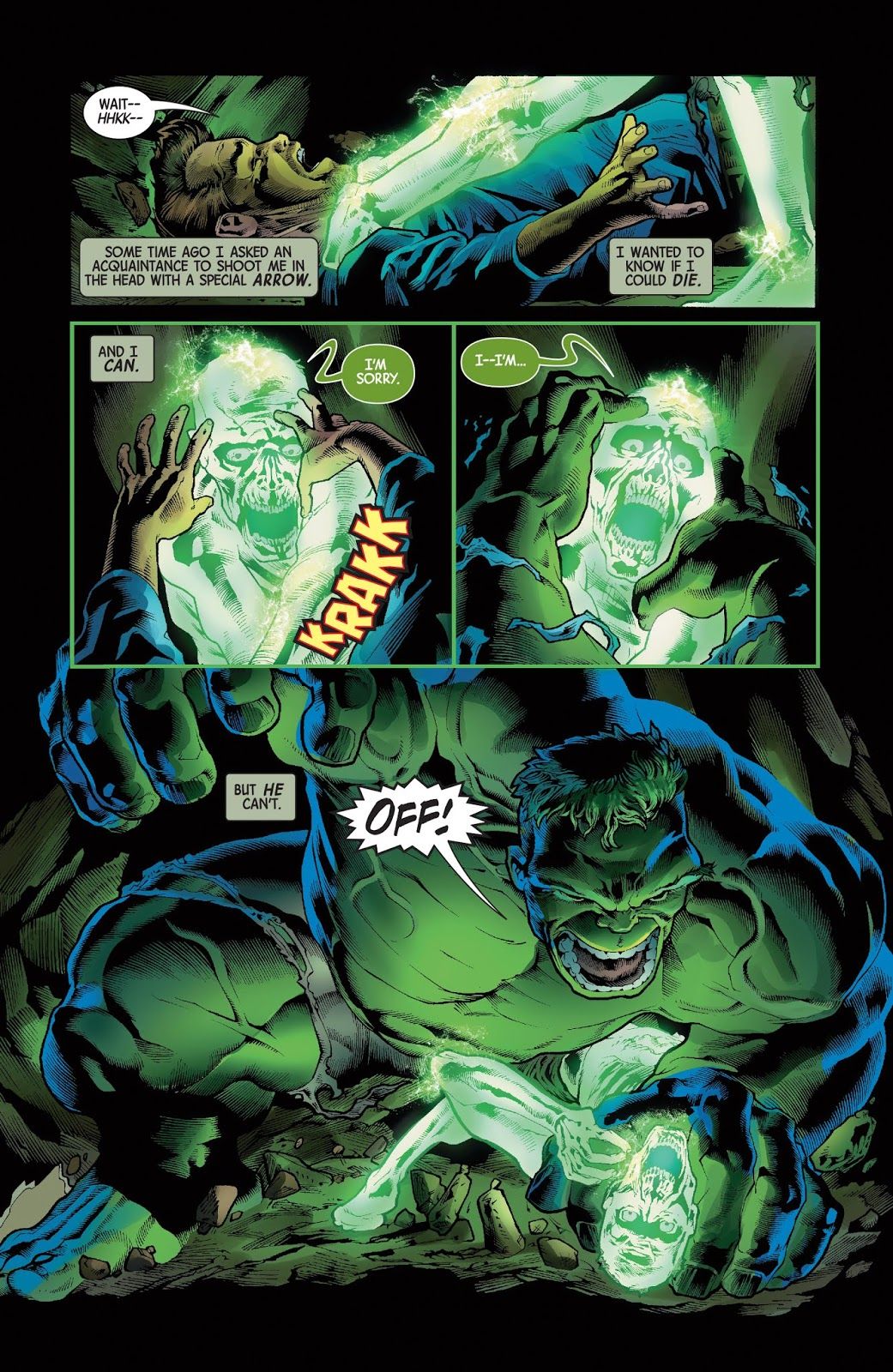You voted, and now, after over 1,000 ballots were cast (precisely three more ballots cast than four years ago), here are the results of your votes for your favorite comic book creator runs of all-time (this is the FOURTH time we've done this countdown. We're on an every four year schedule)! I'll try to post a new installment every day for the rest of the countdown.
To recap, you all sent in ballots ranking your favorite runs from #1 (10 points) to #10 (1 point). I added up all of the points and here we are!
52. Denny O'Neil and Neal Adams' Batman – 245 points (7 first place votes)
"Detective Comics" #395, 397, 400, 402, 404, 407-408, 410 and "Batman" #232, 234, 237, 243-245, 251, 255
While split up over the early 1970s, O’Neil and Adams still had a bit of a run, where Adams’ conception of Batman became the definitive look for Batman in the 1970s. This run tried to take Batman back to a darker style (after the camp of the TV series), along with stellar artwork by Adams. It was during their run that Ra’s al Ghul was introduced, which sort of personified what Grant Morrison later referred to as the “hairy chested love god” version of Bamtan…
Aweosme.
Dick Giordano inked most of the stories that the pair did together, including their classic return of the Joker story in "Batman" #251.
While O'Neil did not originate the early 1970s "darkening" of Batman, he was the one who did it the best, especially as he worked with Adams to revitalize Batman's rogues, particularly the Joker and Two-Face, who O'Neil was able to depict as the true villains they were in the Golden Age before the Comics Code caused the Joker to lessen in his villainy and Two-Face to pretty much stop appearing period.
51. Jim Starlin's Warlock – 248 points (2 first place votes)
Strange Tales #178-181, Warlock #9-15, The Avengers Annual #7 and Marvel Two-in-One Annual #2
Jim Starlin had already established himself as a tremendous cosmic writer with his work on Captain Marvel, but his run on Warlock (spanning FOUR different titles) really cemented that reputation, with his back-to-back classic arcs, The Magus Saga and then whatever you call the story with Thanos.
Starlin had Adam Warlock face off against an evil religious empire, also Magus, his evil future self, not to mention Thanos, who is, as you know, an evil guy who loves him some death. Warlock and Thanos teamed up to fight Magus…
Starlin introduced some notable supporting characters, too, with Pip the Troll and Gamora, the “deadliest woman in the universe.”
Sadly, the books didn’t sell that well, so Starlin had to use other comics to finish his story. Like the two Annuals, which ended with, well, everyone dying. ?
Starlin would later revive all these characters for future fun stories, like the Infinity trilogy of crossovers.
50. John Romita and Stan Lee's Amazing Spider-Man - 254 points (5 first place votes)
Amazing Spider-Man #39-71, 74-75, 81 (Romita as inker), 82-88, 89-92 (Romita as inker), 93-95, 96 (Romita as inker)
When John Romita took over from Steve Ditko on Amazing Spider-Man, he was clearly trying not to change too much of what was, at the time, quite a winning formula, but soon, Romita had changed the book’s visuals dramatically, specifically his depiction of Peter Parker. Gone was the skinny, goofy looking kid of Ditko’s run – Romita’s Peter was quite handsome.
Tying in with Romita’s ability to draw attractive people, Gwen Stacy and Mary Jane Watson became major characters during this time, as Romita sure did love to draw pretty girls. His depiction of Peter’s first meeting with Mary Jane has become the stuff of comic book legend.
Meanwhile, Romita was also quite fluent in the world of superhero action, so the book was filled with a lot of action, as well. What Romita did differently from Ditko was to both make the book a bit more colorful, and most importantly, open up the book a bit more – Ditko was all about economy – Ditko liked to tell a long story through extensive panel usage. Romita used less panels, and opened up the look of the comic – much more expansive.
During his tenure with Stan Lee, the book saw the introduction of the Kingpin, who has become one of the most notable Marvel villains of all time, as well as the famous storyline where Peter decides to quit becoming Spider-Man.
John Romita’s run opened up with a legendary cover of Green Goblin carrying an unmasked Spider-Man, which has become an iconic drawing, and continued with more iconic drawings than you could shake a stick at, if you wanted to shake a stick at iconic drawings, that is.
For instance…
and…
As he was preparing to leave the book, Romita even inked incoming artist, Gil Kane, so that the transition would go smoothly. Romita would do this for later artists, as well, and even after he was totally off of the book interiors-wise, he continued to draw the covers of the issues, so Romita’s influence on the comic lasted for quite a long time.
49. Al Ewing, Joe Bennet and Ruy Jose's Immortal Hulk – 263 points (3 first place votes)
Immortal Hulk #1-current (#40)
During Civil War II, Hawkeye killed Bruce Banner after an Inhuman showed the heroes a vision of the future showing the Hulk rampaging and killing them all. Later, the Hulk was brought back to life during the "No Surrender" storyline in the Avengers and we discovered a shocking revelation - Bruce Banner can die, but the Hulk cannot!
See it in action in Immortal Hulk #2 (by Al Ewing, Joe Bennett and Ruy Jose - those two artists have drawn enough of the series that I'm willing to credit them along with Ewing)...
Not only is the Hulk now immortal, but this Immortal variation (which only came out at night) is also an evolution of the Devil Hulk personality from Paul Jenkins' run on Incredible Hulk. So not only is this Hulk immortal, but he's bad news. Al Ewing explained to CBR how scary this new Hulk can be, "This is actually kind of fascinating to me from a writing perspective, because obviously this is how citizens of the Marvel Universe are going to react to Hulk if he says any of this stuff in front of a TV camera. (Or to Jackie McGee. It'd make quite a front page.) He doesn't really know how to phrase things delicately or politically, so I can see how the automatic assumption might be that Hulk must be about to embark on some genocidal project.
But I think it's important to remember that the Hulk is a chaotic being -- he hates being told what to do, he bristles against any kind of structure, including the towns and cities he routinely destroys, and yes, the lives he ruins in doing so - but Bruce Banner isn't a killer. If we subscribe to the Amadeus Cho theory (Which I do -- it's comic book logic but it's a neat way to get around it), when Hulk goes on his rampages, the Banner side is trying to steer the runaway train, and succeeds enough to make sure there's an absolute minimum loss of life, usually zero. And while we have shown this new Hulk being a little more relaxed about that -- scarily so -- I still feel like there's a very long way to go before he's murdering billions of people as part of some master plan.
Although, having said that, I also don't want to come out and say it's completely impossible that the Hulk could do something monstrous, because I think that might defuse some of the tension inherent in this version of Hulk. I guess this comes back to my general struggle with the Internet and its tendency to impose interpretations on stories -- my intention was to have people read that and wonder and speculate and maybe worry about what the Hulk might be planning, not to say, "Well, the Hulk must obviously be planning THIS, because he thinks THIS!" and boil it down to one possibility, and kind of filter everything in the story through that. That's probably a recipe for disappointment, especially with this book. The central question is, "Is he man or monster, or is he both?" A certain level of ambiguity is always going to be part of it, and I like to make sure that ambiguity is in there."
Things have gotten even crazier with the Hulk since then, as Ewing has been exploring some mystical ideas suggesting that that is why the Hulk (and other Gamma beings) can come back to life all of the time. It's really a wild ride.

